Reduce waste and promote reuse
Tackle various social issues
PHANTOM does not burn organic waste – it decomposes, disinfects, and detoxifies.
Since the process does not involve combustion, no dioxins are released, and emission of carbon dioxide is minimal. PHANTOM helps us resolve global environmental issues and achieve SDGs
Environmental measures by global corporations
Top global corporations have pledged action against plastics by 2025
Global Corporations and their measures against plastics
- Global Coffee Chain
-
Abolished plastic straws in stores by 2020
- Global Fast-Food Chain
-
Pledged to make all packaging eco-friendly by 2025
- Theme Park Operator
-
Abolished use of disposable straws and stirrers in all parks and resorts
- Global Furniture Retailer
-
Stopped use of 7 disposable plastic products in all stores and restaurants
- Consumer Goods Company
-
Reduced plastic packaging by 1/3rd. Pledged to make at least 25% of all plastic used recycled plastic by 2025
- Credit Card Company
-
Makes credit cards from plastic waste to tackle marine plastic pollution
- Global Airliner
-
Started using blankets made of plastic bottle waste
- Bottled Mineral Water Brand
-
Pledged to switch to 100% recycled bottles by 2025
ESG Operations and Efforts to meet SDGs by Corporations
Meeting ESG criteria is increasingly seen as necessary by stakeholders (clients, suppliers, shareholders, employees,residents of the local area) and could affect long term development of firms. Companies that operate with a focus on ESG criteria also lead to these companies meeting SDG
At leraesqt u5i rEeSmGe nthtse.m es that are gaining attention from investors could be tackled by introducing PHANTOM
Greenhouse gas emissions could be reduced by reducing the amount of waste that is incinerated
Proper disposal and treatment of waste reduces marine plastic pollution, and will result in the protection of natural resources
The amount of industrial waste ending up in landfills could be reduced by properly treating them with PHANTOM, leading to the protection of the environment
New business opportunities could be provided by the compost created by the treatment
Gives opportunity to control waste management of the entire supply chain
China’s waste import ban
Plastic waste piles up at the entrance of Japan’s waste treatment system as it loses access to China, its giant exit
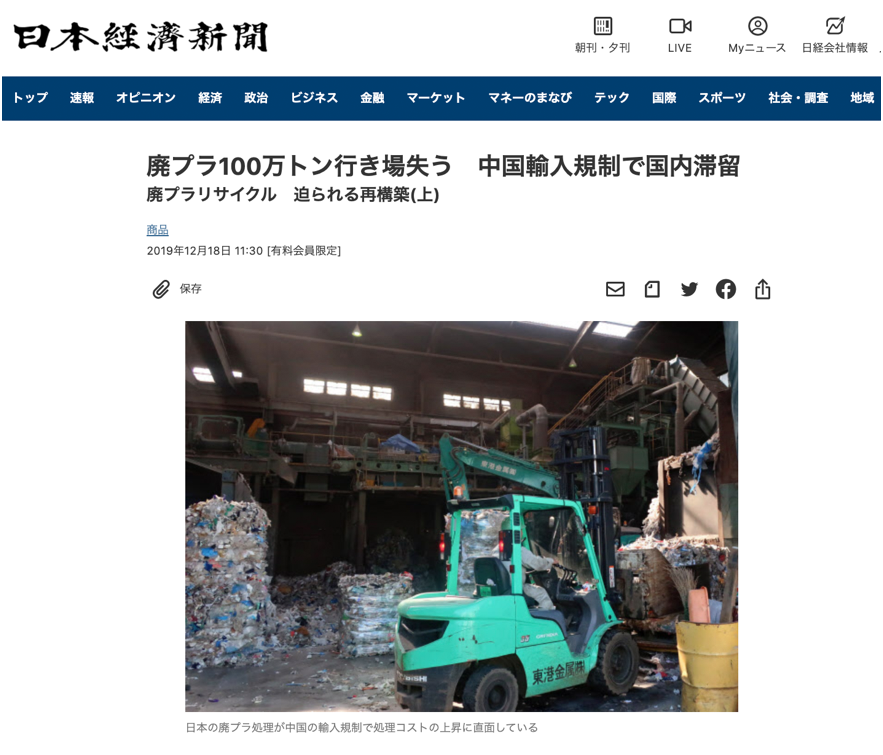
Nihon Keizai Shimbun
China’s import ban leaves a million tons of plastic waste piled up
2018 Questionnaire by the Ministry of the Environment, Japan
- 25% of local governments responded that the amount of waste waiting to be treated is “Increasing / Above the limit of the guideline”
- 35% of Waste treatment companies acknowledged that they are limiting the amount of waste they receive due to overdemand
The Problem of final treatment (landfills) is a social problem
Only 16 years is left until Japan’s landfills reach maximum capacity
| Area | Amount of Waste Treated Each Year (10000t) | Free Landfill (10000㎥) | Years left until full |
|---|---|---|---|
| Japan | 970(989) | 15,925(16,663) | 16.4(16.8) |
| Tokyo Metropolitan Region | 270(254) | 1,361(1,411) | 5.0(5.6) |
| Kinki (Osaka and other Western Cities) | 134(132) | 2,962(2,784) | 22.1(21.1) |
By 2030, only 10 years worth of landfill will be left
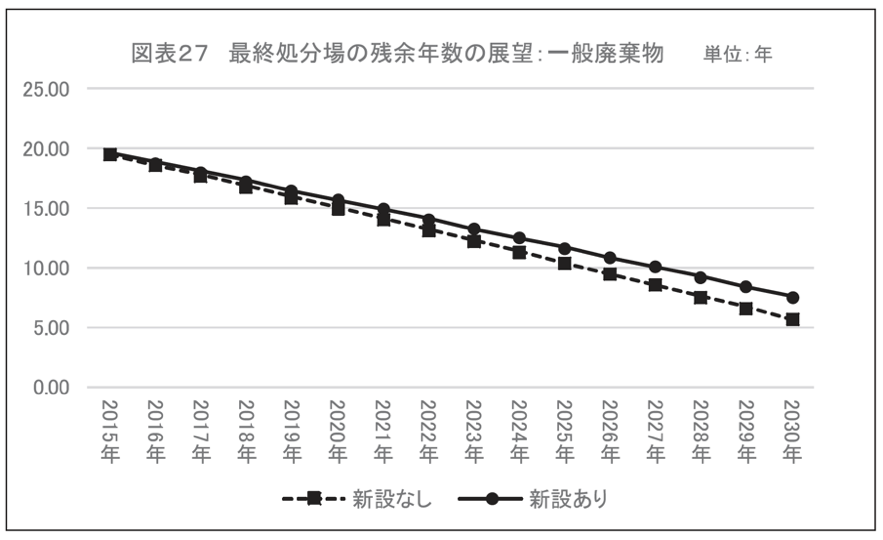
Fig27/Years left until maximum capacity is reached in landfills for general waste (in years)
– – No new landfills
━ With new landfills
Strict demands for “Generator Responsibility”
Going beyond legal compliance, we are entering an era where greater risk management is desirable from an ESG management perspective.
Waste generators can switch to IN HOUSE processing using PHANTOM to reduce risk and to make an appeal for ESG management.
Waste treatment companies utilizing PHANTOM can contribute to creating a safer environment for waste generators to commission their service.
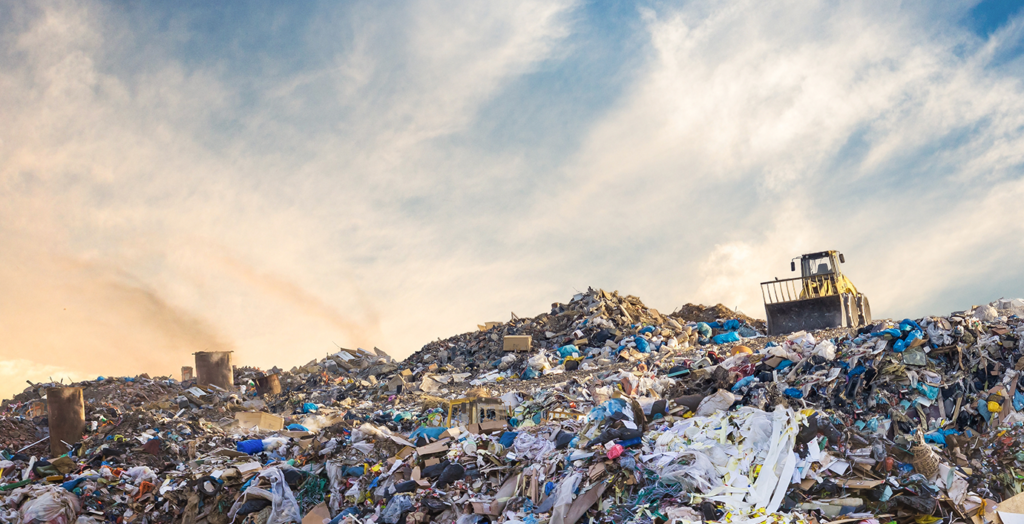
- Enhancement of Legal Requirements
- In the 2000 legal amendment, the responsibility of the waste generator was enhanced by imposing a comprehensive duty of care to ensure proper treatment of waste from beginning to end. When outsourcing the transportation and/or disposal of industrial waste, the waste generator is required to keep track of and manage the entire series of processes from waste generation to final disposal by means
- Government Administration
- Prefectures have been notified of “Guidelines for Administrative Disciplinary Actions” and are requested to implement strict administrative disciplinary actions based on the law. As a result, prefectures are now proactively issuing action orders, and as a part of this movement, the responsibility of the waste generator who neglects the duty of care is being pursued even in individual illegal dumping cases.
- waste generators
- Many waste generators do not fully understand the purpose and content of the legal requirements. This is also a remnant of the traditional structure of improper waste management, in which the higher standing company contracts out the treatment of industrial waste to the lower standing company in a weaker position, and the original generator does not follow through the disposal process to the end.
Contribution to Carbon Neutrality
Decreasing the amount of incineration through recycling and waste reduction may reach a limit and peak out…
Waste treatment technology using methods other than incineration can contribute to carbon neutrality.
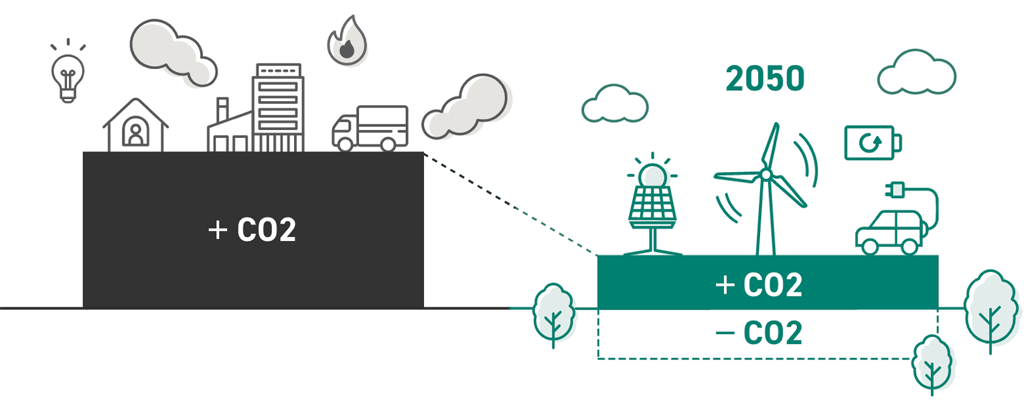
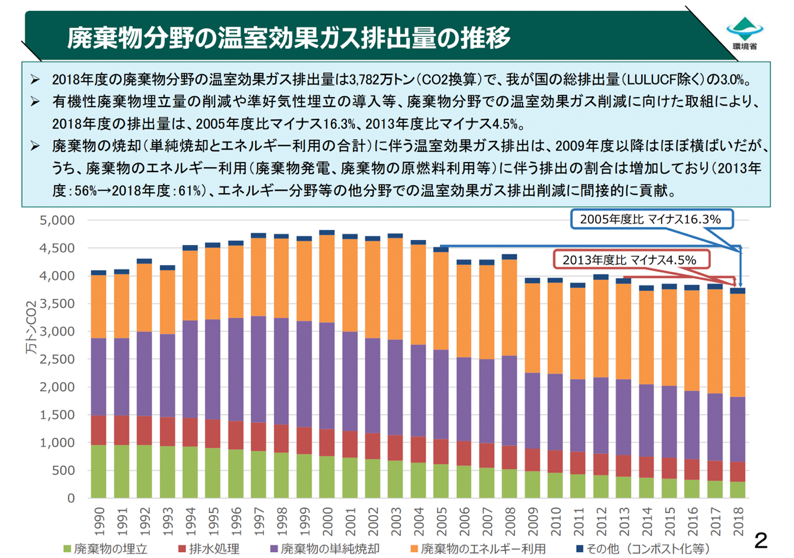
Achieving carbon neutrality in 2050
We consider this to be a priority matter among the initiatives to be required for companies and local governments.
Overall greenhouse gas emissions in the waste sector are on a downward trend, but greenhouse gas emissions from waste incineration have remained unchanged for more than 10 years.
Changes in greenhouse gas emissions in the waste sector
Greenhouse gas emissions in the waste sector in FY2018 were 37.82 million tons (CO2 equivalent), 3.0% of Japan’s total emissions (excluding LULUCF).
Emissions in FY2018 were minus 16.3% compared to FY2005 and minus 4.5% compared to FY2013 due to efforts to reduce greenhouse gases in the waste field, such as reducing the amount of organic waste landfill and introducing semi-aerobic landfill.
Greenhouse gas emissions associated with waste incineration (total of simple incineration and energy use) have been almost flat since FY2009. However, the proportion of these emissions associated with waste energy use (waste power generation, waste raw fuel use, etc.) is increasing (FY2013: 56% → FY2018: 61%), indirectly contributing to the reduction of greenhouse gas emissions in other fields such as energy.

